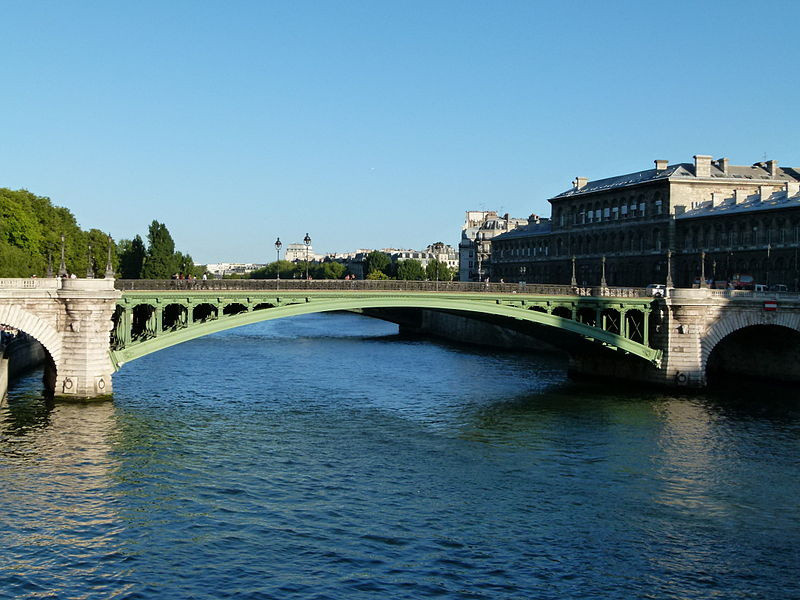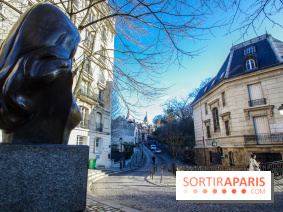The Pont Notre-Dame is perhaps less famous than some other Parisian bridges, yet its history is one of the most interesting. The bridge's origins date back to antiquity, when it was the site of one of the first Parisian bridges in history: the Grand Pont!
During the Viking siege of Paris at the end of the 9th century, the bridge was replaced by a plank bridge, the Pont de Planches-Mibray, which held out until the floods of 1406. 15 years later, Charles VI inaugurated a new, solid wooden bridge: the Pont Notre-Dame. Houses and fine stores were built here, as well as mills, as was the fashion at the time. The problem with living on a bridge in those days was that it was dangerous. And at the first flood... There's no shortage of that. In 1499, the Pont Notre-Dame partially collapsed, dragging the houses down with it.
As the Pont Notre-Dame allowed the passage of livestock and goods, it was quickly decided to rebuild it. In 1512, a new structure was built and, thanks to the stores that were erected on it, it became a popular place for commerce. For the record, the houses on the Pont Notre-Dame were the first in Paris to be numbered!
At the end of the 18th century, the Pont Notre-Dame, then the oldest bridge in Paris, underwent a number of transformations: the houses, which had become unhealthy, were demolished on the orders of King Louis XV, and sidewalks were created. Renamed Pont de la Raison (Bridge of Reason) during the French Revolution, the Pont Notre-Dame was renamed Pont du Diable (Devil's Bridge) at the end of the 19th century due to the excessive number of accidents occurring between its five arches.
To remedy the situation, the bridge was partly destroyed, then rebuilt in 1919 to plans by Jean Résal, who had already designed the Pont Mirabeau and Pont Alexandre III. And it's this bridge that you can still cross today to get to theIle de la Cité!



















